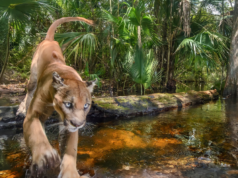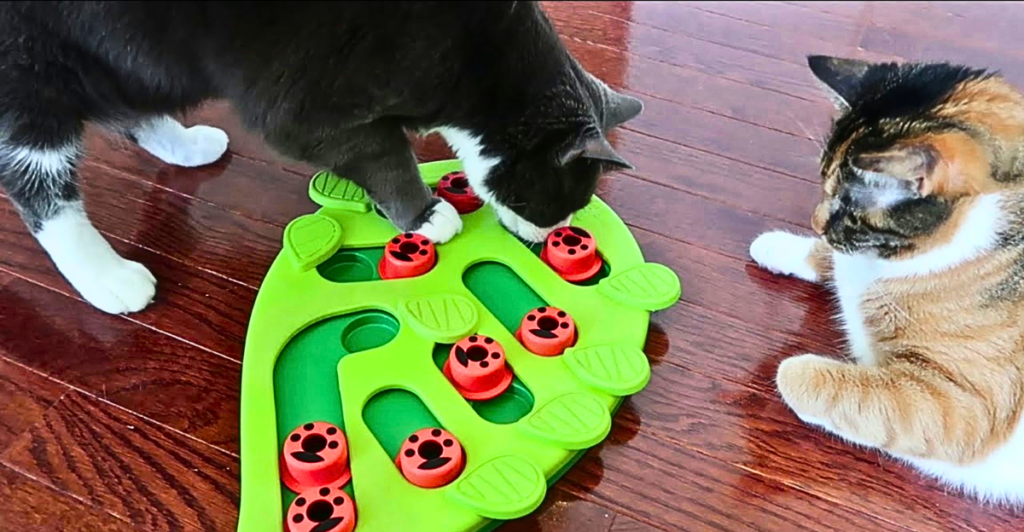
Cats have around 300 million neurons in their cerebral cortex, compared to 160 million in dogs. The cerebral cortex is responsible for decision-making, problem-solving, and memory. More neurons mean greater processing power, allowing cats to analyze information more efficiently. This higher neuron count suggests that cats have more advanced cognitive abilities, making their thought processes more complex than those of dogs. However, intelligence is measured in various ways, and dogs excel in different areas.
Independence vs. Social Intelligence
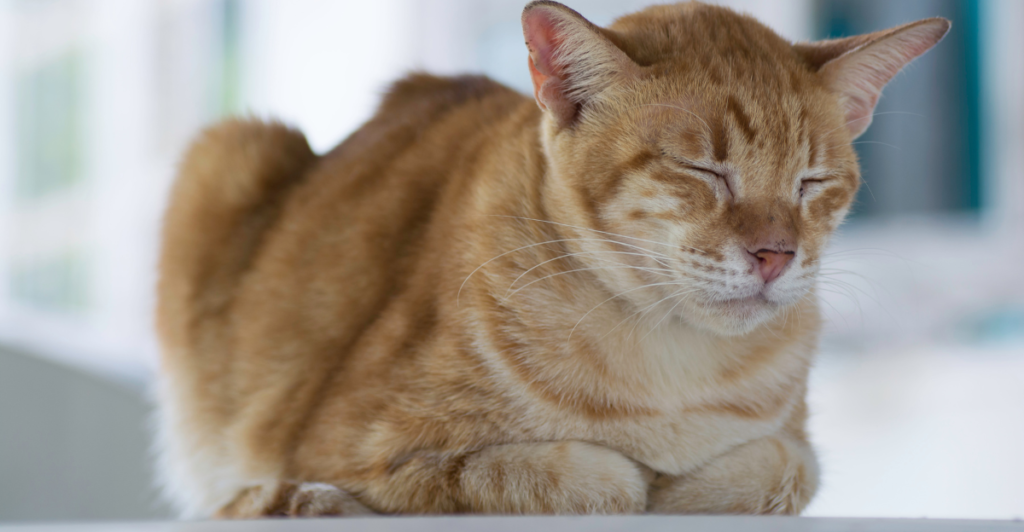
Cats are naturally independent animals, relying on their problem-solving skills rather than social structures. Unlike dogs, who evolved to work in packs and communicate within a social hierarchy, cats use their intelligence for solitary survival. Their brains are wired for stealth, strategic hunting, and adapting to changing environments. While dogs exhibit strong social intelligence, cats showcase cognitive complexity through their ability to assess risks and make independent decisions without human guidance.
Memory and Learning Ability
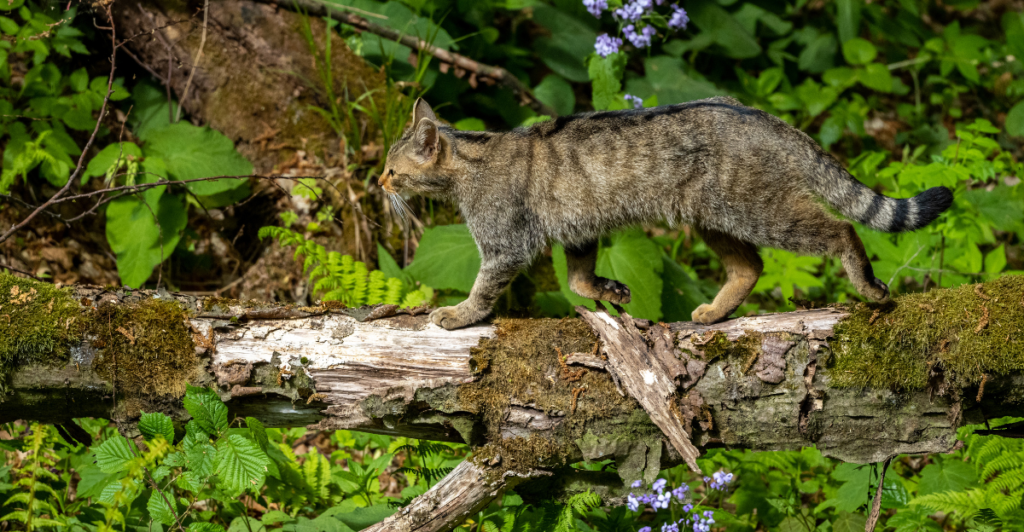
Cats have impressive long-term memory, particularly for spatial awareness and survival skills. Studies show cats can remember obstacles, locations, and experiences for years. Their recall of past events helps them avoid danger and find efficient routes in their environment. Dogs also have strong memory skills, but their recall is often linked to human interactions and training. Cats’ ability to learn from their experiences without external reinforcement suggests advanced cognitive functions.
Sensory Processing and Brain Efficiency
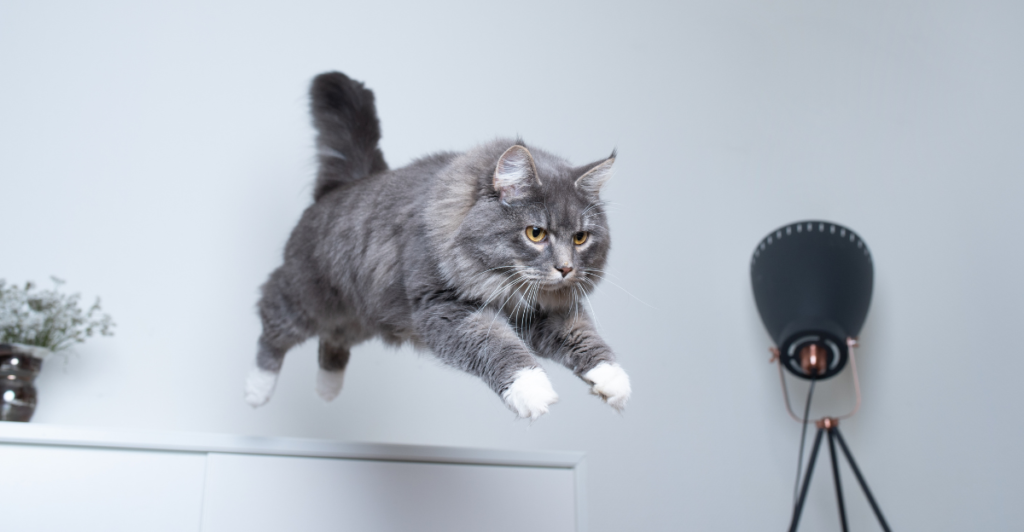
A cat’s brain is highly efficient at processing sensory input, especially vision, hearing, and touch. It prioritizes quick decision-making based on environmental cues, allowing it to react with lightning-fast reflexes. Dogs rely more on smell and social cues, while cats analyze multiple inputs simultaneously to assess danger, hunt prey, or explore their surroundings. This intricate sensory processing contributes to their ability to navigate and adapt to various situations precisely.
Problem-Solving Skills and Adaptability
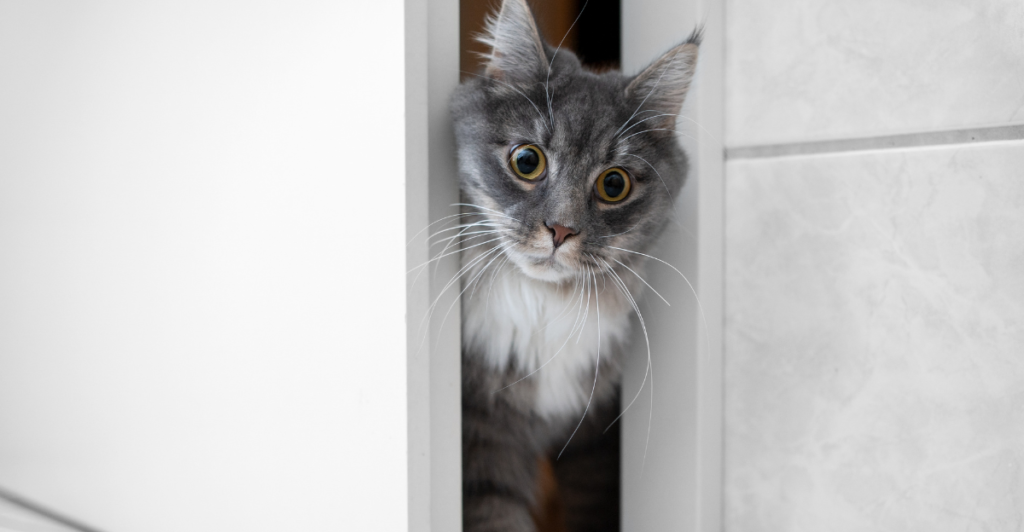
Cats are excellent problem solvers, often using trial and error to figure out complex tasks. They display remarkable dexterity in manipulating objects, opening doors, and escaping tight spaces. While dogs rely on training and human guidance, cats often find solutions independently. This adaptability makes them capable of surviving in the wild without assistance. Their ability to analyze problems and develop unique solutions highlights their brain’s complexity and strategic thinking ability.
Emotional Processing and Expression
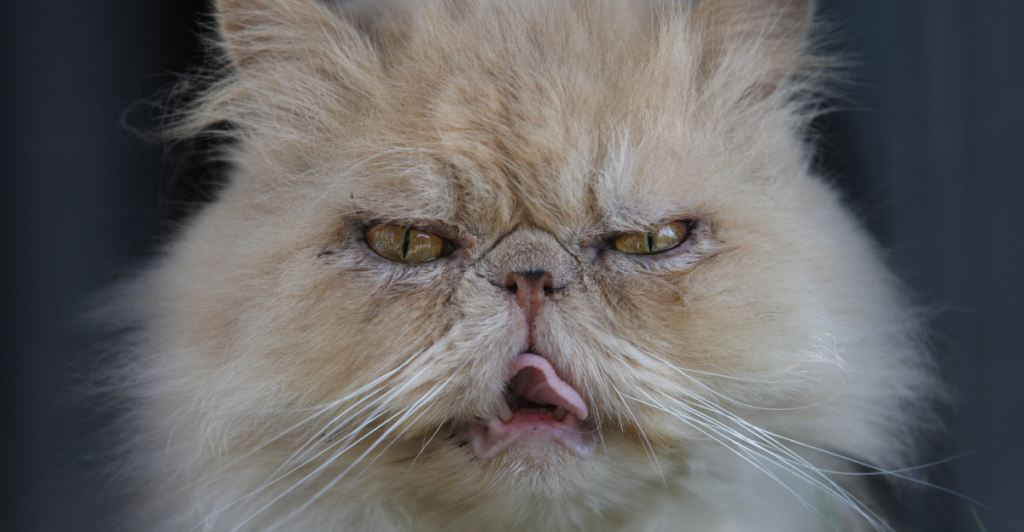
Cats process emotions differently than dogs. They experience attachment and affection but express it more subtly. Their cerebral cortex handles emotions uniquely, making them more selective in social interactions. Dogs, on the other hand, exhibit clear emotional responses due to their pack-oriented nature. While dogs rely on external reinforcement for emotional security, cats develop strong yet reserved emotional bonds, requiring a deeper understanding of their signals. Their complex emotional processing reflects intricate cognitive patterns.
Communication and Body Language
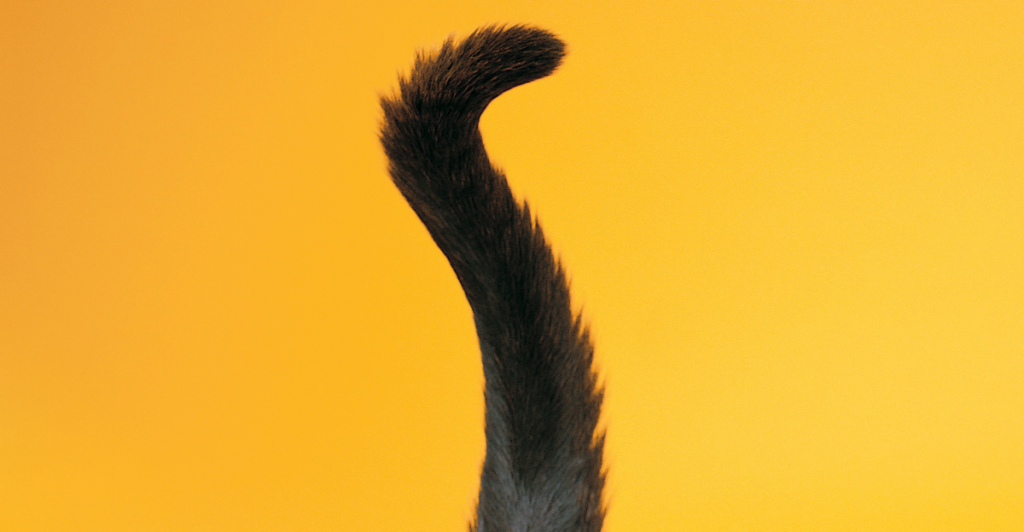
Unlike dogs, which have evolved to understand human cues, cats communicate using a complex system of body language and vocalization. Their brains interpret subtle environmental changes and express reactions accordingly. From slow blinks to tail twitches, each movement carries meaning. Though dogs have more social intelligence for human interactions, cats’ communication relies on intricate signals that require careful interpretation, showing their advanced cognitive awareness and mental processing.
Hunting Instincts and Precision
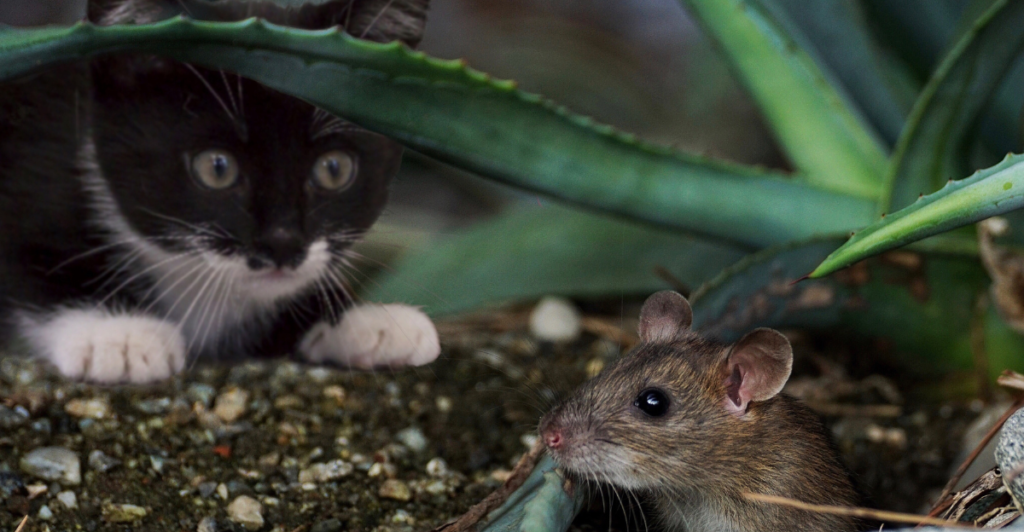
Cats’ hunting strategies reveal impressive cognitive abilities. Their brains are designed to analyze prey movements, calculate timing, and execute perfect attacks. Unlike dogs, who often rely on strength and group tactics, cats use stealth, patience, and precision. This mental processing requires split-second decision-making and sharp reflexes, making their predatory skills highly sophisticated. Even domesticated cats retain this natural intelligence, often practicing hunting techniques through play and observational learning.
The Sleep Cycle and Cognitive Processing
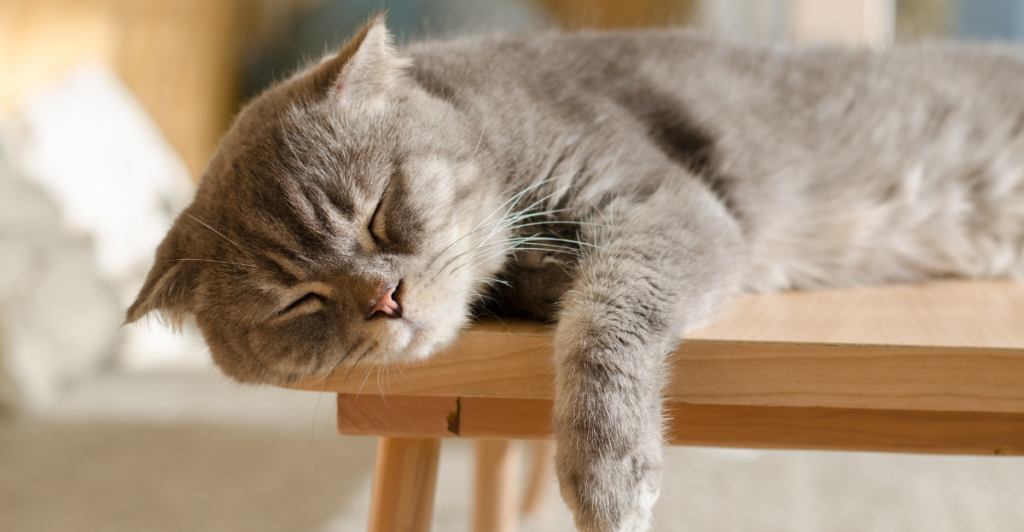
Cats sleep an average of 12–16 hours daily, but their brains remain highly active during sleep. They experience REM sleep cycles similar to humans, contributing to memory retention and learning. This phase allows them to process experiences and store information efficiently. Dogs also dream, but cats’ sleep cycles are specifically linked to memory consolidation and brain function. Their ability to retain complex information and refine skills through sleep highlights their advanced neurological functions.
Spatial Awareness and Navigation
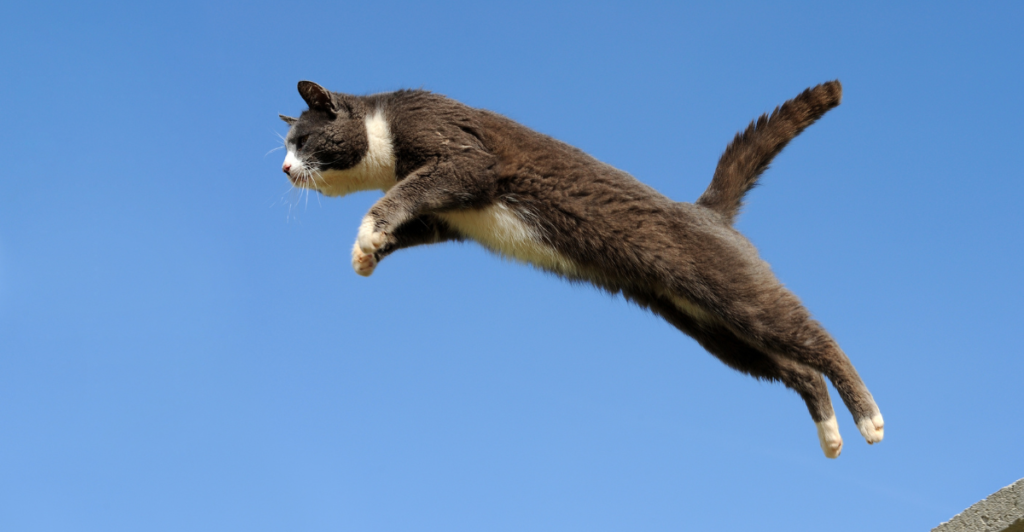
Cats have exceptional spatial awareness, allowing them to move gracefully through complex environments. Their brains process depth perception, balance, and movement with high accuracy. This ability enables them to jump great distances, squeeze into tight spaces, and land on their feet. While dogs use scent tracking for navigation, cats rely on precise visual and sensory data. Their advanced motor coordination and environmental awareness set them apart regarding cognitive complexity.
Intelligence Testing: How Cats and Dogs Compare
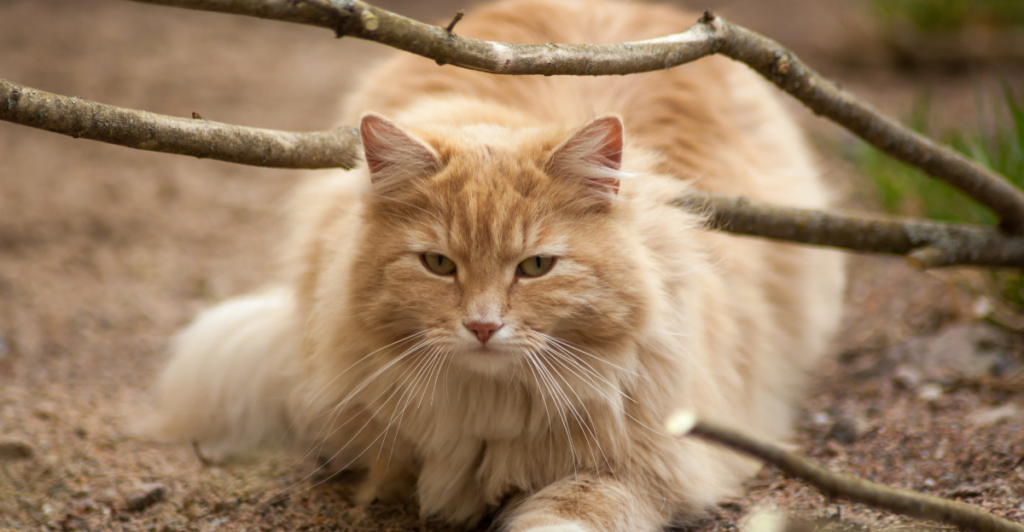
Studies on animal intelligence reveal key differences between cats and dogs. Dogs excel in obedience-based tasks, while cats shine in independent problem-solving challenges. Although cats may not always respond to commands, they understand cause and effect and can manipulate their environment to achieve goals. Intelligence isn’t just about trainability; it’s also about adaptability and innovation, which cats demonstrate through their ability to overcome obstacles without direct guidance.
Evolutionary Differences in Brain Development
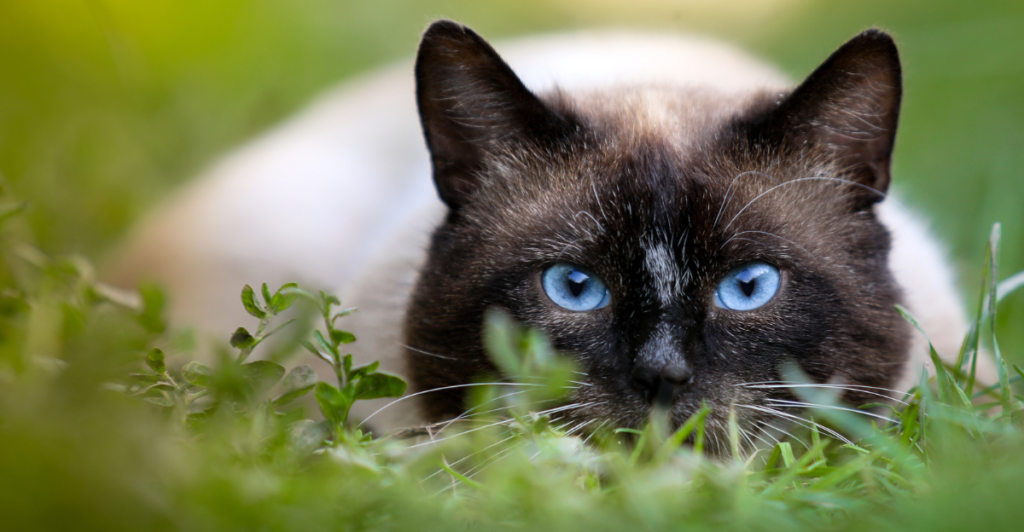
Cats and dogs evolved for different survival strategies, shaping their brain functions uniquely. Dogs developed social intelligence to cooperate with humans and other dogs, while cats remained self-sufficient hunters. This evolutionary divergence led to more independent, analytical thinking in cats. Their brains emphasize strategic problem-solving, stealth, and individual learning. Though both animals are intelligent, cats exhibit a refined cognitive structure suited for solitary decision-making and precise environmental assessment.
Intelligence in Different Forms
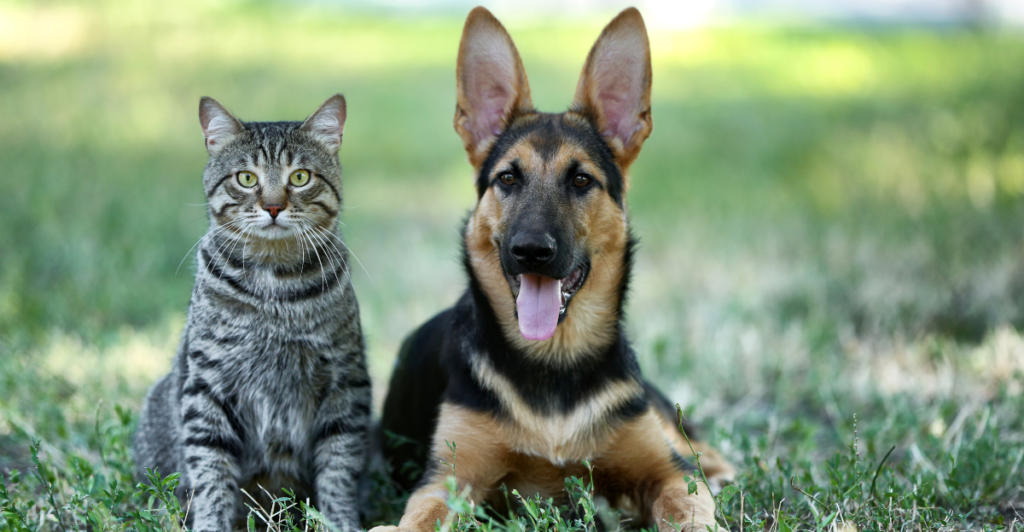
Cats and dogs are intelligent, but feline brains exhibit unique decision-making, problem-solving, and sensory processing complexities. While dogs excel in social intelligence and obedience, cats demonstrate advanced neurological functions through independence, memory retention, and spatial awareness. Intelligence isn’t about being better or worse. It’s about how an animal uses its brain to survive and thrive. Understanding these differences allows us to appreciate the remarkable abilities of both species.
Discover more of our trending stories and follow us to keep them appearing in your feed

12 Dog Breeds That See Humans As Their True Pack
The 12 Dog Breeds I’d Avoid At All Costs
Wolves Still Roam In These States in 2024—Is Yours On The List?
The 12 Oldest Horse Species Still Around Today
This article first appeared here
Stay connected with us for more stories like this! Follow us to get the latest updates or hit the Follow button at the top of this article, and let us know what you think by leaving your feedback below. We’d love to hear from you!


